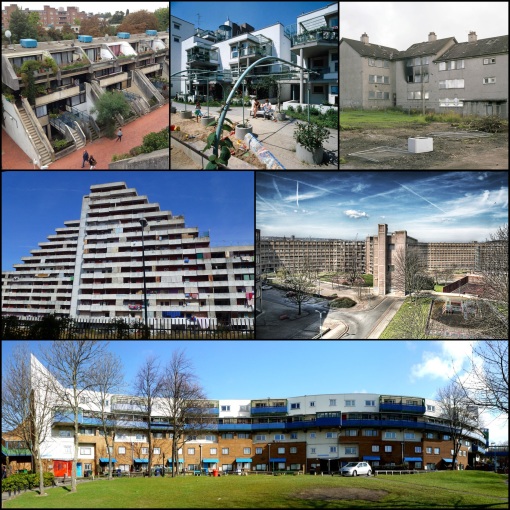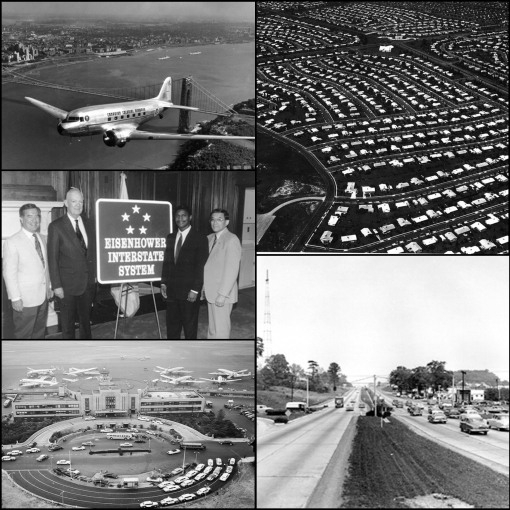In our world today cities around the globe are becoming more and more alike in becoming what is now known as homogenous cities. They are all sharing the same properties as far as the way their cities are being globally advertised and have central business districts. These central business districts foundations include corporations, architecture and components that are not considered “local.” It is not unlikely to be able to build a skyscraper that looks as if you were in New York City in Shanghai or have a building in Rome resemble that of Moscow. Globalized advertising also has to do with this worldwide spread of westernization. Having similar looking cities means that in some way the city is going to have to be able to “stand out” in its own special way and draw tourist to their city, which can be done in a couple different ways. One of the ways cities are doing this is by building “icons” within their city. For instance, in the above pictures are examples of many different “icons” that cities have built up to attract people and to make their city stand out in their own special way. One of the pictures shows the golden gate bridge of San Francisco, being declared one if the Wonders of the Modern World having the longest suspension bridge main span in the world. Another is the Sydney Opera House in Sydney Australia. This building is a very uniquely built structure that was constructed by a Danish architect names Jorn Utzon. It is considered one of the best performing arts center in the world. Another iconic building is the Shard Tower that towers over the London skyline. It is currently one of the tallest buildings in the United Kingdom and with it made of glass reflecting the natural light is a wonder to see. One other stunning skyline is that of Hong Kong China, pictured above. It is known for how the use of colored lights at night being reflected on the water that the city sits beside. Rio is another prime example of iconic features because it uses a manmade monument as well as their surroundings. Rio uses not only a human built icon but also the landscape surrounding the area of the city as well to stand out in the worldly crowd. With beautiful beaches and surrounding mountain scape scenery, one cannot forget Christ the Redeemer looking over the town atop the mountain Corcovado. In addition to these pictures these are only a few among a plethora of different “icons” that make each city stand out in its own special way. There are many landscapes that are used to draw attention to their cities. For instance, Denver Colorado has Red Rock, one of the most iconic venues in the United States for concerts. Rome has plenty of historical architectural icons such as the Pantheon. One sign that everybody seems to know and have heard of that has no use to anyone what so ever is the Hollywood sign in California. Even though cities are becoming homogeneous in ways of having access to looking very similar, there will always be something that sticks out to tell a story about that particular city. Whether it be from the surrounding landscape to a huge magnificent building, to just a simple sign, cities around the world may become more alike but there will always be a way that their heritage of a piece of the city stays within their culture and makes the city different from the rest.

Hey there, usual rules, but wait until after Thursday’s lecture to try to respond to this one…I will get the last couple graded by the end of this week…

